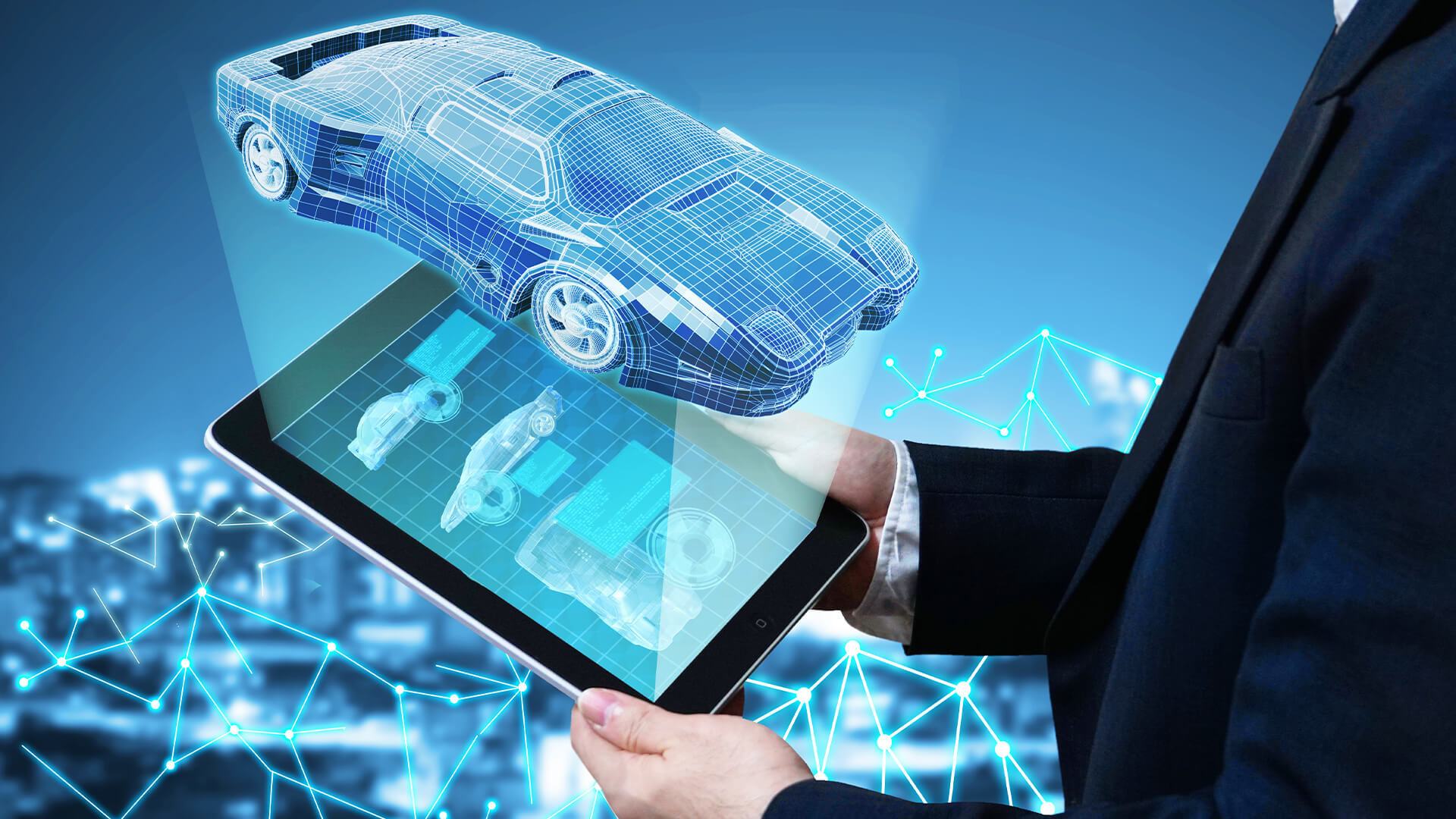While the Metaverse is still somewhat in its infancy, it has tech-heads all over the globe coming up with all sorts of theories and concepts for the future. The world of augmented virtual reality is currently so undefined that we’re seeing governments like Dubai building strategies to create 40,000 jobs in the metaverse and bring $4 billion to their economy.
There have been all sorts of talk surrounding personal avatars and property in this futuristic landscape, but what about vehicles? Could we see the potential for people to buy or rent vehicles like van leasing in this virtual reality?
In this article, we’ll think about how driving in the Metaverse might work, as well as how the buying and selling of vehicles both in and out of this world might look like.
A beginner’s guide to the Metaverse & movement
The Metaverse has been conceptualised as the next evolution of the internet, with virtual reality at the centre of the conversation. It would mean bringing life on the web into a more virtual space where you can interact with others and creating a world that mirrors the real one. VR headsets are becoming more accessible for public purchase, with the market value of virtual reality growing by 390% over four years.
We’re still yet to see the emergence of a Metaverse where you login and you’re immediately in the world of cyberspace, able to move around virtual cities like in a sci-fi film. But with how quickly the world of technology is evolving, we’re already seeing VR headsets and controllers becoming more developed.
Commercially available immersive headsets like the Oculus Quest and the Valve Index both come equipped with handheld controllers that have joysticks similar to video game consoles. In theory, these joysticks would control your avatar when they wander around the digital streets of the Metaverse.
What does this mean for vehicles & driving?
Real-time digital worlds like the Metaverse are still in the stage of being developed as theory, so part of the intrigue surrounding the topic is what could be possible. Driving and vehicle culture within this space is still being developed and it’s exciting to think of the possibilities.
Non-Fungible Tokens (NFTs) are set to play a big role in this virtual future. These items can be bought and traded online as they have unique codes attached to them. Companies have already taken to them, and big brands like Nike partnered with RTKFT and have produced NFT shoes that are for nearly $100,000.
If brands as established as Nike are producing NFTs that are as lifelike as what we can buy in the shops, we could see vehicle manufacturers follow suit. In theory, we could see cars, vans, and motorbikes become purchasable NFTs from major brands and drive them within the Metaverse, either on virtual racetracks or through digital streets. All completely remotely!
This could be hugely innovative and beneficial for the car industry, pushing forward progress into the digital and creating jobs for designers and coders to create the NFTs. They are all openly traded amongst fanatics and tech-lovers on the internet, so we think we could see NFT cars being bought and sold through marketplaces like OpenSea.
The VR takeover of the real world
One way that we’ll see the Metaverse and virtual reality affect the world of driving is actually in the real world. We’re starting to see vehicle manufacturers within the industry using VR to visualise how car production could look at every point in the supply line, such as BMW using graphics company Nvidia’s software Omniverse.
Companies are also looking to develop augmented reality displays, which could be used as heads-up screens within the car and as part of the windscreen that interact digitally with the roads. WayRay, a company focusing on AR’s future in the automotive industry, has taken this idea and conceptualised the Holograktor. This car would be remotely driven and add another scope to the world of taxis, with a screen that utilised augmented reality to connect the real world to the virtual Metaverse.



























